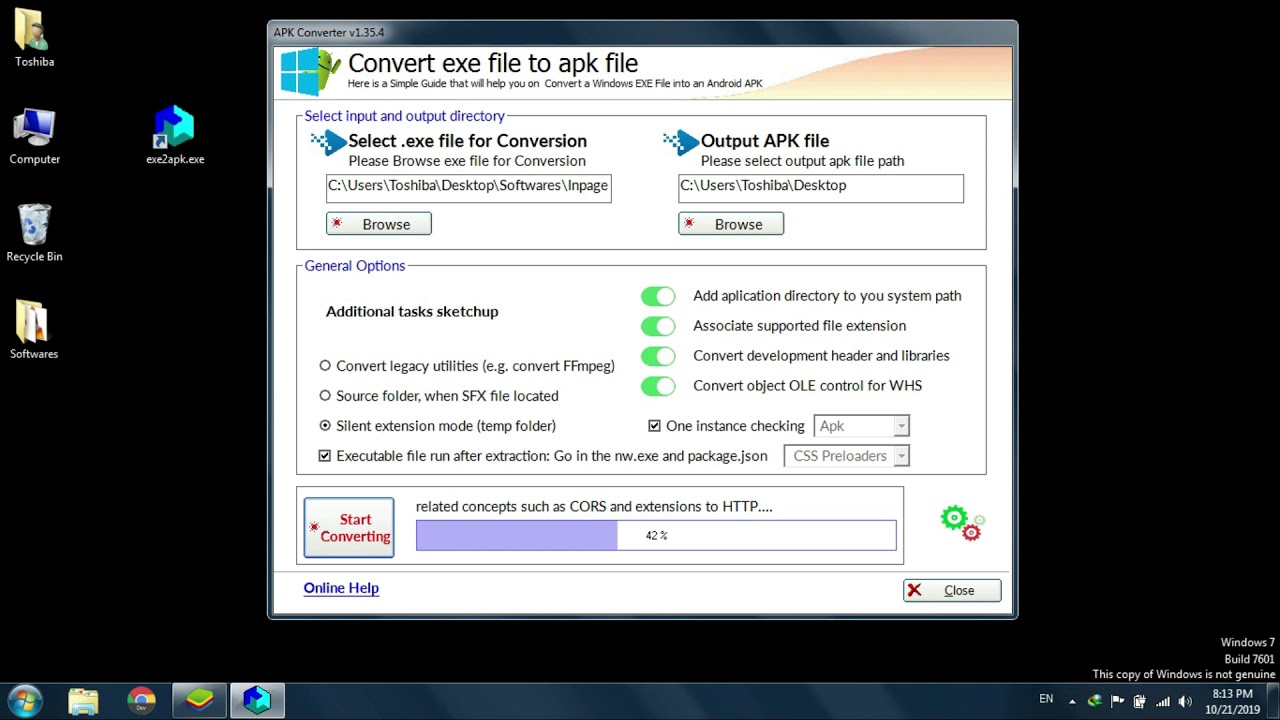

- HOW TO UNARCHIVE EXE FILES ON MAC HOW TO
- HOW TO UNARCHIVE EXE FILES ON MAC INSTALL
- HOW TO UNARCHIVE EXE FILES ON MAC ARCHIVE
- HOW TO UNARCHIVE EXE FILES ON MAC RAR
- HOW TO UNARCHIVE EXE FILES ON MAC LICENSE
HOW TO UNARCHIVE EXE FILES ON MAC ARCHIVE
If you have 7-Zip, you can open archive files by doing the following: Because it doesn’t cost anything and is compatible with all other archive file types, many users recommend downloading the 7-Zip installer.
HOW TO UNARCHIVE EXE FILES ON MAC RAR
Option 3: Double-click on the RAR file directly in Explorer to open it in WinZip, then choose an extraction option.īoth freeware and open-source software, 7-Zip has become the archiving tool of choice for PC users for a while now.


HOW TO UNARCHIVE EXE FILES ON MAC INSTALL
HOW TO UNARCHIVE EXE FILES ON MAC HOW TO
Here are some tips on how to safeguard your computer against savvy malware. And built-in protection features cannot be blindly trusted, even if they are considered reliable. The moral of the story is simple: In a world of information technologies, no systems are totally secure. They are in fact run-of-the-mill adware tools that pester you with banners. Simultaneously, it downloads several more images to the infected computer with installers masked as Adobe Flash Media Player, or Little Snitch. The malware also harvests and sends information about installed applications to its C&C server. Cybercriminal interest is focused on the name of the model, device IDs, processor specifications, RAM, and many other things. A tale of infection: Spyware and adwareĪfter installation, the malware first collects information about the infected system. As a result, the malware runs successfully even on Macs whose owners use only native programs. A framework usually needs to be installed on the computer separately, but these cybercrooks came up with a method of packaging it with the malware (remember the sinister EXE in the MonoBundle folder?). One of them is the Mono framework, a free system that lets users run Windows applications in other operating systems, including macOS.Īs you can probably guess, the framework is what the cybercriminals exploited. That would be fine were it not for one “but”: Many programs are available for Windows, and sometimes Mac users need some of them, so various solutions exist for running files that are not native to the platform. This is quite understandable: It makes little sense to overload the system by scanning obviously inactive files, especially with one of Apple’s selling points being operating speed. In fact, Windows executables are so unsupported in macOS that Gatekeeper (a security feature of macOS that prevents suspicious programs from running) simply ignores EXE files. This is not a typical macOS object EXE files usually just don’t run on Mac machines. But a close look at the contents of this DMG file reveals the presence of the MonoBundle folder with a certain installer.exe inside. Victims downloaded to their computers a ZIP archive with a disk image in DMG format - so far, normal.

The infected version of the firewall was distributed using torrents.
HOW TO UNARCHIVE EXE FILES ON MAC LICENSE
Users who tried to save on paying for a license predictably ended up with a headache instead. The irony is that the malware was added not just anywhere, but to a pirated copy of a security product - the Little Snitch firewall. A tale of infection: A pirated firewall bundled with EXE malware An EXE file infecting Mac users? Strange, but the method does work. They collected data about the infected system and fed it into adware using files with the EXE extension, which usually runs only in Windows. Recently, cybercriminals found yet another way to tiptoe past its built-in defense mechanism. The idea that macOS is invulnerable is a myth, as we’ve said many times before.


 0 kommentar(er)
0 kommentar(er)
